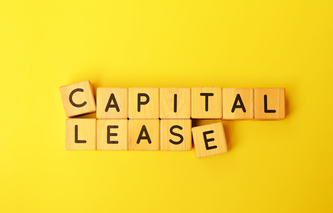Definition
The term minimum lease payment refers to the lowest possible payments a lessee is obligated to make in connection with an asset over the term of an agreement. Minimum lease payments can include rent, residual value, penalties, as well as a bargain-purchase option.
Calculation
Minimum Lease Payment = Rental Payments + Residual Value + Renewal Penalty + Bargain Purchase Option - Executory Costs
Each of the above costs is described in more detail in the sections below.
Explanation
Companies oftentimes enter into contractual agreements that include the right to use specific property. Since the terms and conditions of these contracts will vary, the Financial Accounting Standards Board issued FAS No. 13 - Accounting for Leases, which outlines the criteria used to determine if the agreement should be treated as a capital versus operating lease.
The concept of a minimum lease payment is an important variable used in the recovery of investment test (90% test), which is used to determine if an agreement should be treated as an operating or capital lease. As part of this test, the present value of the agreement's minimum lease payment is calculated. Generally, the components of an agreement's minimum lease payment consist of:
Rental Payments: includes the minimum rent paid by the lessee to the lessor over the term of the agreement.
Guaranteed Residual Value: this is the estimated fair market value of the leased property at the end of the agreement's term. As part of the contract with the lessee, the lessor can transfer the risk of obtaining this residual value in the future. This guarantee can be in property (the leased asset) and / or cash.
Renewal Penalties: included in the minimum lease payment if the agreement contains a clause indicating the lessee must pay a specified amount to the lessor if they fail to renew the lease on the property.
Bargain-Purchase Option: included in the minimum lease payment if the agreement allows the lessee to purchase the leased property at a price that is significantly below the fair market value of the property on the exercise date.
Executory Costs: excluded from the calculation of the minimum lease payment if the rent includes executory costs such as insurance, maintenance, and taxes.






